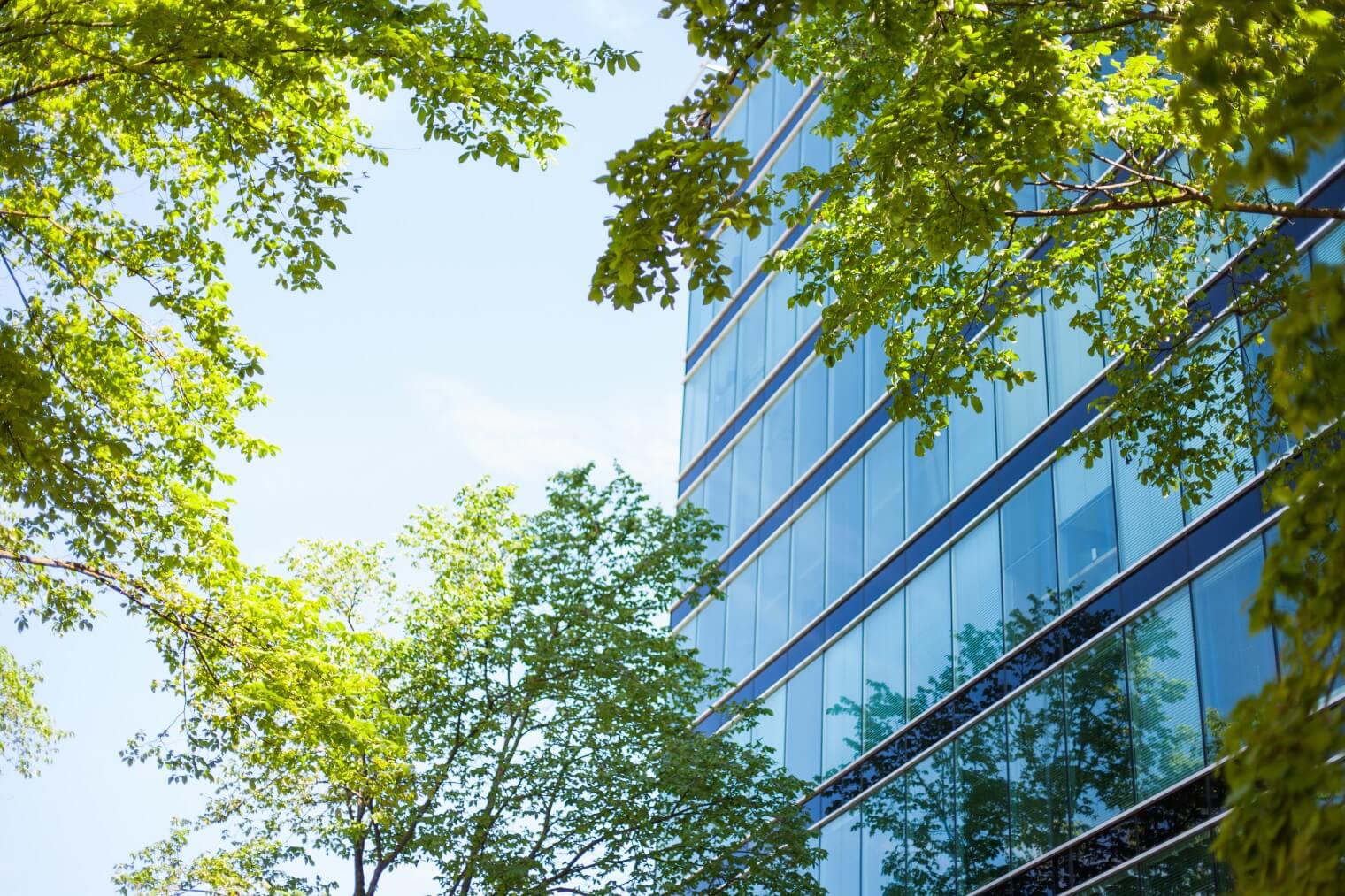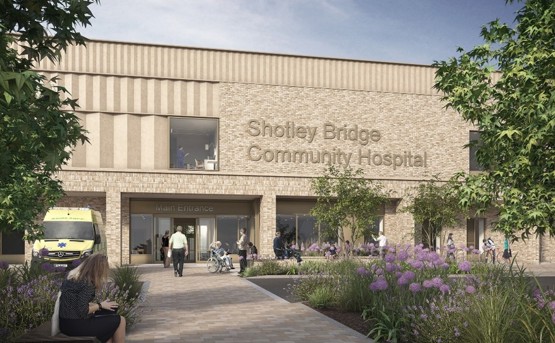
Published date: 31 March 2021
Health and the built environment
Aahsan Rahman, Head of Town Planning at NHS Property Services, speaks to the National Health Executive on the recent Health on the High Street and 'Building better, building beautiful' reports and their relevance to the NHS estate.
This article was originally published in the National Health Executive, which you can read here.
An interview with...
“Good design shouldn’t be negotiated out through the planning process.”
In the eyes of Aahsan Rahman, Head of Town Planning at NHS Property Services (NHSPS), our conversations around a healthier built environment may not always present solutions which are the easiest, or even at times appear the most viable, but we also cannot allow them to become excuses not to try.
As we discuss the recent Health on the High Street and ‘Building better, building beautiful’ reports, the passion which Aahsan holds for the opportunities we have with health is clear.
“It is good to see, from our perspective. When looking through the recommendations, trying to promote health as a priority was something we’d been endorsing in my team for a number of years.
“There should be a net gain for health, with health matters more highly prioritised in a health planning system, including in all aspects of design.”
And ultimately, that is the crux of what these reports represent for Aahsan: an opportunity. A chance for health to be given much greater weighting when it comes to planning decisions and the allocation - and perhaps just as significantly in the coming months, as we rebuild from the pandemic, the reallocation - of city centre space for health services.
But while an opportunity might be present, what does it actually look like?
“There is obviously existing portfolio [to consider] and different locations which are needed for health services, but the principle of having things in the town centre is a great one.
“If it works and there is something directly applicable to health, to perhaps say the NHS has first right of refusal for a facility which comes available in the town centre is a hugely beneficial idea.
“We’ve seen permitted development rights change in September and allow things to change in regards to usage; particularly around changing to residential use. We may lose some of the types of usage which would have naturally been able to be used for health buildings.
“There could be something introduced to counterbalance that moving forward, allowing this first refusal for health.”
Alongside providing prime locations for health services, where best suited, there is also an opportunity to improve the health of the general population in all other buildings we construct, renovate and operate too. Incorporating health considerations into planning, both in light of and taking advantage of changes to permitted development rights, can have a direct impact on NHS demand.
“There is a need to have more direct focus on health and healthy design. For example, when we were looking at our lobbying over the past few years, I spent a great deal of time talking about permitted development rights, and how the Government’s drive bypassed all aspects of health considerations really.
“You had buildings coming up, residential spaces next to noisy premises, with no windows, no outdoor space.
“We have been factoring our responses in accordance with the report, to say these things need to be reviewed.
“There was a suggestion in the Building better, building beautiful report that there could be an assessment put forward for when new schemes come forward to directly get feedback from residents or anyone else occupying buildings about several health aspects to how their living conditions are: Is it healthy, and et cetera?
“It’s a sensible suggestion because we could use them to learn those lessons about what works and doesn’t work and help make sure schemes are better moving forward on a continuous scale. It was quite an interesting aspect of the suggestions which were made in the report.”
For their part, the Government has looked to go some way to respond, with minimum floor space standards on permitted development schemes or conversions introduced. Planning and development inspection schemes too seek to improve conditions of properties.
However, there still remains further steps to take, as Aahsan explains. The past 12 months have brought much greater attention to people’s need for outdoor space and suitable living accommodation for both their physical and mental health. And as such, the fact there are still no requirements in planning for outdoor space from ‘prior approval’ schemes - something picked up on in the ‘building better, building beautiful’ report - means there is still plenty of scope for further improvement. It’s just about taking up that opportunity.
“The more progress that is made, even if it is gradual going along, the better.
“But I think there are some things which I think should be addressed now in terms of permitted development schemes, and there are some things which, if we lay the foundations now, will come into place over time.
“It’s only going to be helpful for everyone. A lot of people just maybe don’t realise the significant benefit which will be gained throughout the population by incorporating some of these additional considerations at the right stage in the process.
“This is an opportunity which shouldn’t be missed.”
Learn more about Town Planning in the NHS
As the only dedicated and professional town planning team in the NHS, we offer specialist town planning advice for our customers and the wider NHS.






